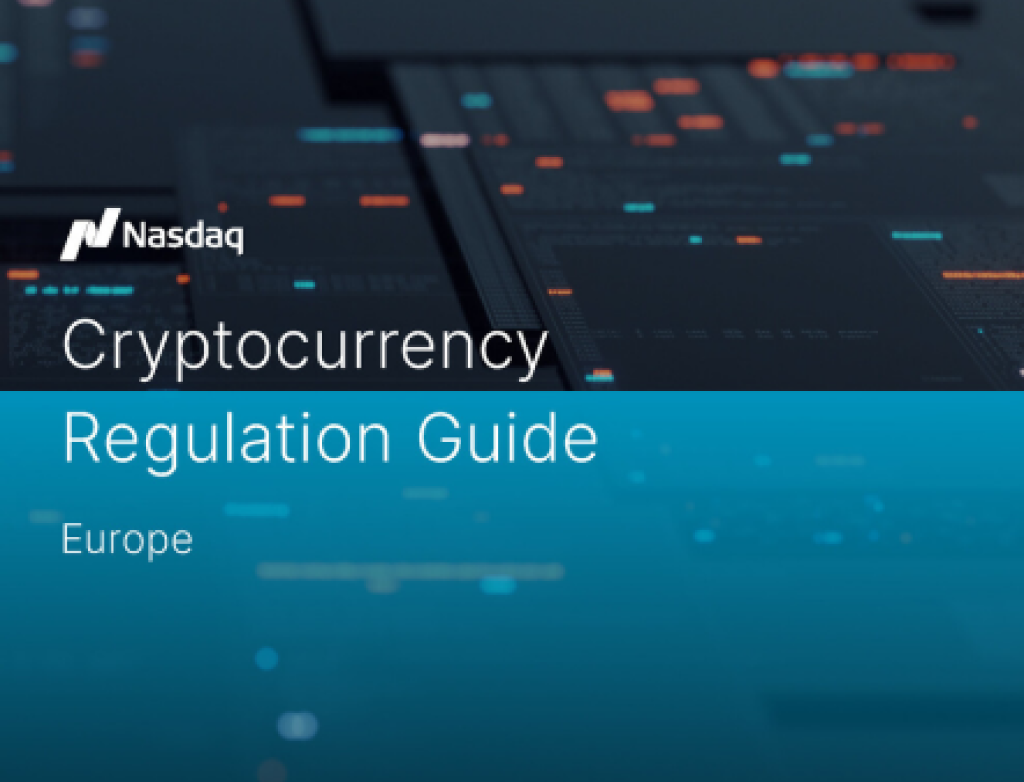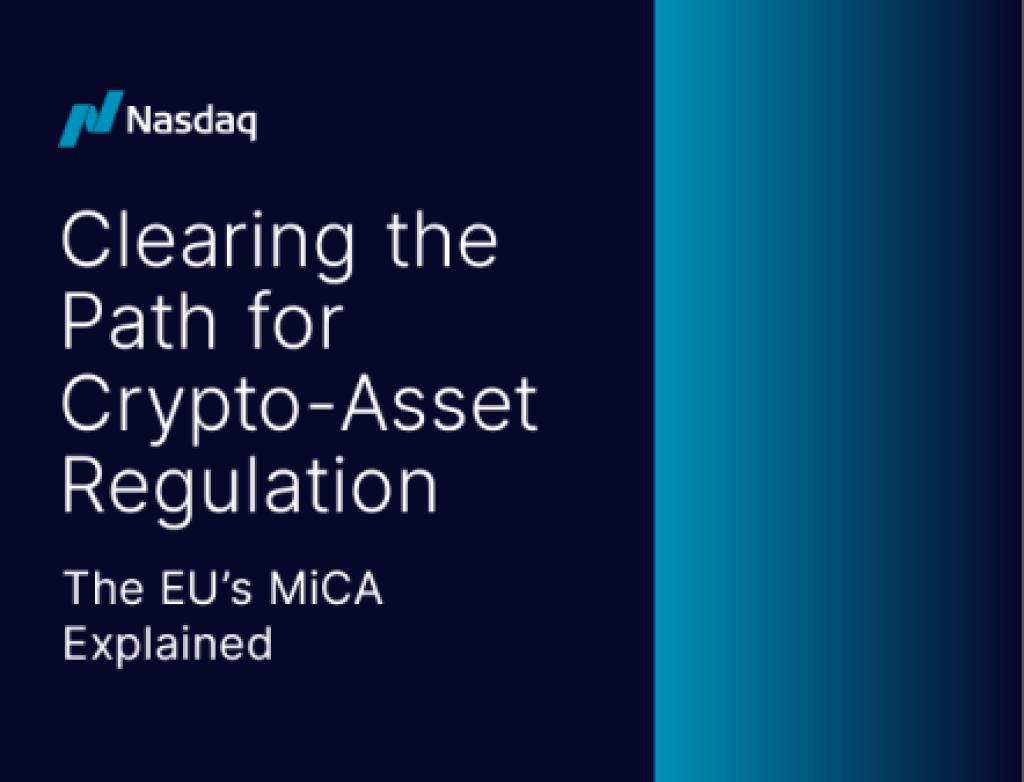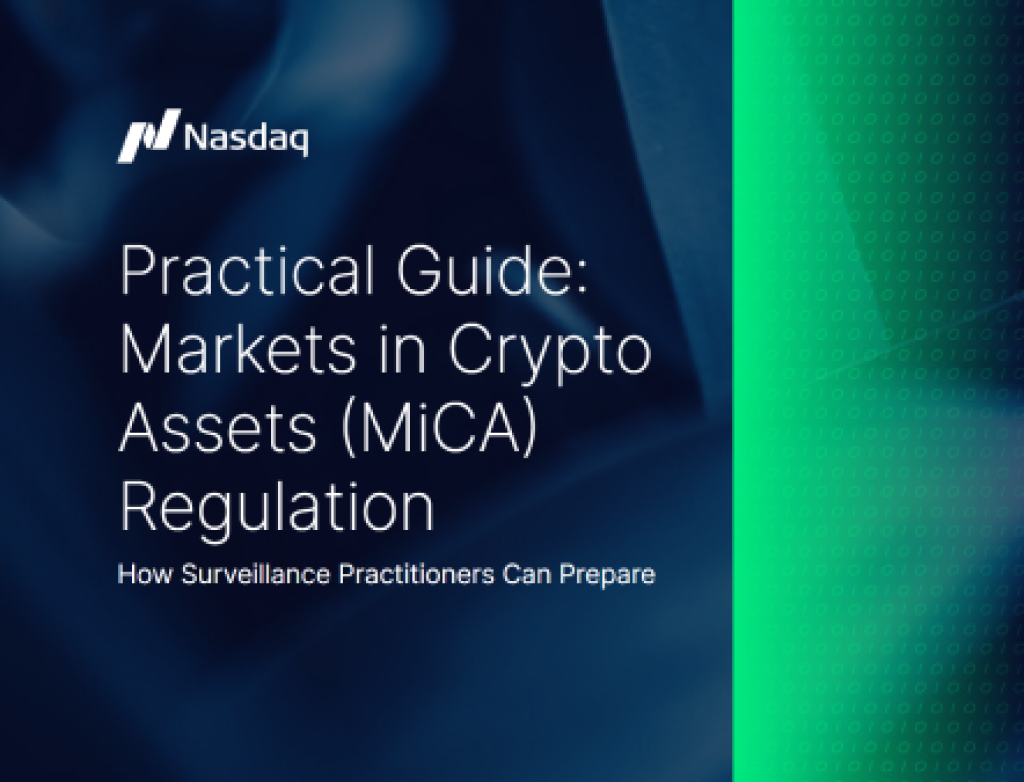Norway
The Securities Trading Act lays the basis for secure, orderly and efficient trading in financial instruments.
Overview: The purpose of this Act is to lay the basis for secure, orderly and efficient trading in financial instruments. Except as otherwise provided, the Act applies to activity in Norway.
Part 2: General Provisions
Chapter 3: General rules of conduct
Section 3-2 Definition of inside information
(1) “Inside information” means any information of a precise nature relating to financial instruments, the issuers thereof or other circumstances which has not been made public and is not commonly known in the market and which is likely to have a significant effect on the price of those financial instruments or of related financial instruments.
(2) “Information of a precise nature” means information which indicates circumstances that exist or may reasonably be expected to come into existence or an event that has occurred or may reasonably be expected to occur and which is specific enough to enable a conclusion to be drawn as to the possible effect of those circumstances or that event on the price of the financial instruments or related financial instruments.
(3) “Information likely to have a significant effect on the price of financial instruments or of related financial instruments” means information of the kind which a reasonable investor would be likely to use as part of the basis of his investment decisions.
(4) “Inside information on commodity derivatives” means information of a precise nature which has not been made public and which relates, directly or indirectly, to one or more such derivatives and which participants in the market on which such derivatives are traded would expect to receive in accordance with what Kredittilsynet (the Financial Supervisory Authority of Norway) deems to be accepted market practices on the market concerned. “Information which participants would expect to receive” means information which is normally made available to market participants or information the publication of which is required by statute, regulations or other regulatory regime, including private law regulation and practices on the commodity derivatives market concerned or the underlying commodity derivatives market.
The ministry may issue regulations laying down further rules on inside information in relation to commodity derivatives and accepted market practices.
Section 3-3 Misuse of inside information
(1) Persons possessing inside information may neither directly nor indirectly, for own or third party account, subscribe, purchase, sell or exchange financial instruments or incite others to carry out such transactions.
(2) Subsection (1) applies only to misuse of inside information as mentioned in section 3-2. Subsection (1) does not prevent the normal exercise of any option or forward/futures contracts previously entered into upon the expiry of such contracts.
Section 3-4 Duty of confidentiality and due care in handling inside information
(1) Persons possessing inside information must not disclose such information to unauthorized persons.
(2) Persons possessing inside information shall handle such information with due care so that the inside information does not come into the possession of unauthorized persons or is misused. Issuers of financial instruments and other legal entities who are regularly in possession of inside information shall have routines for secure handling of inside information.
Section 3-5 List of persons who have access to inside information
(1) Issuers of financial instruments shall ensure that a list is drawn up of persons who are given access to inside information. If a person who is given access to inside information is a legal entity, the list shall include those of the entity’s employees, elected officers, and assistants etc., who are given access to the information.
(2) The list shall be continuously updated and shall state the identity of persons with access to inside information, the date and time the persons were given access to such information, the functions of the persons, the reasons why the persons are on the list and the date of entries and changes to the list. The list shall be retained in a satisfactory manner for at least 5 years after its creation or updating, and shall be transmitted to Kredittilsynet upon request.
(3) Issuers of financial instruments shall ensure that persons given access to inside information are aware of the duties and responsibilities this involves, as well as the criminal liability associated with misuse or unwarranted distribution of such information. Issuers of financial instruments shall be able to satisfy Kredittilsynet that persons with access to inside information are aware of their duties under the first sentence.
Section 3-6 Duty to investigate
(1) Before any member of the board, senior employee, member of the control committee or auditor associated with the issuing undertaking may subscribe, or incite anyone to subscribe, purchase, sell or exchange financial instruments issued by the undertaking, the person concerned shall properly investigate whether there exists such information as mentioned in section 3-2 regarding the financial instruments or the issuer thereof. The first sentence applies correspondingly to any deputy member, observer, board secretary and company secretary to the board in the issuing undertaking. The first sentence applies correspondingly to senior employees and board members of an undertaking in the same group who can normally be expected to have access to inside information.
(2) The duty to investigate also applies to the entering into, purchase, sale or exchange of option or futures/forward contracts or corresponding rights connected to financial instruments issued by the undertaking as well as to incitement to such transactions.
Section 3-7 Prohibition of advice
Persons possessing inside information shall not give advice about trading in financial instruments to which the information relates.
Section 3-8 Market manipulation
(1) No-one may engage in market manipulation in relation to financial instruments.
(2) “Market manipulation” means:
(3) The ministry may in regulations lay down further rules on market manipulation and accepted market practices.
Section 3-11 Reporting obligation
(1) Any person conducting or arranging transactions in financial instruments on a professional basis shall report to Kredittilsynet without delay if there is reason to suspect that a transaction might constitute insider trading or market manipulation. The ministry may adopt regulations providing that the first sentence shall only apply to investment firms and credit institutions.
Section 3-12 Buy-back programs and price stabilization
(1) The prohibition of market manipulation in section 3-8 does not apply to buy-back programs or to price stabilization carried out in accordance with rules pursuant to subsection (2).
Chapter 4: Notification requirements
Section 4-1 Notification requirement for primary insiders
(1) Persons as mentioned in section 3-6 subsection (1) shall immediately notify the Norwegian regulated market on which the shares are quoted of any purchase, sale, exchange or subscription of shares issued by the company or by companies in the same group. This also applies to the company's trade in its own shares and shares of companies in the same group. An undertaking which owns quoted shares in another undertaking or shares in another undertaking that is listed on a regulated market, and which because of such ownership is represented on the board of the other undertaking, must notify trading in such shares. Notification shall be sent no later than the start of trading on the regulated market on the day following the purchase, sale, exchange or subscription.
Chapter 5: Ongoing and periodic information requirement, publication etc.
Ongoing information
Section 5-2 Content of the information requirement
(1) An issuer shall without delay and on his own initiative publicly disclose inside information which concerns the issuer directly, cf section 3-2 subsections (1) to (3).
Chapter 11: Operation of multilateral trading facilities
Section 11-2 Monitoring of compliance with the rules of the multilateral trading facility
(1) Operators of an MTF shall establish effective arrangements and procedures for the regular monitoring of compliance by its users with its rules. Operators of an MTF shall monitor transactions under their systems in order to identify breaches of relevant laws and regulations, including the rules on market abuse in chapter 3, the facility's own rules and disorderly trading conditions.
(2) Operators of an MTF shall immediately report to Kredittilsynet any suspicion of significant breaches of relevant laws and rules, including rules on market abuse in chapter 3, the facility's own rules and disorderly trading conditions.
(3) Operators of an MTF shall assist Kredittilsynet in the event of suspicion of market abuse, cf. chapter 3. Such assistance shall be provided free of charge to Kredittilsynet.
Part 5: Supervision, sanctions etc.
Chapter 15: Supervision
Section 15-3 Information requirement in case of suspicion of insider trading etc.
(1) Where it suspects an infringement of chapters 3, 4, 5, 8, 9, 10 or 11, or of regulations pursuant thereto, any party may be ordered to disclose information requested by Kredittilsynet and to present documents, including information stored by electronic and other technical means and transcripts from storage media.
Chapter 17: Sanctions
Section 17-3 Penalties
(1) Anyone who willfully or through negligence violates section 3-3 subsection (1) or section 3-8, cf. regulations pursuant to the latter provision, shall be punished by fine or by imprisonment not exceeding six years.
(2) A fine or imprisonment not exceeding 1 year shall be handed down to anyone who willfully or through negligence:
1. violates sections 3-4, 3-5, 3-7, 3-11, 4-1, 7-2, 7-3, 7-7, 7-10, 8-1 to 8-7, 9-1, 9-6, 9-11 subsection (1) no. 7, 10-2 to 10-9, 10-17, 10-18, 13-1 subsection (1), 13-5, 15-2 or 15-3, cf. regulations pursuant to these provisions,
2. violates section 3-6 if inside information is present in the undertaking, …

Regulation of cryptocurrency varies globally by region, jurisdiction, and regulatory body. Nasdaq’s comprehensive and updated Cryptocurrency Regulation Guide Europe provides a snapshot of recent recommendations from international regulatory and standards-setting bodies as well as key developments in Europe.
Read Nasdaq’s comprehensive and updated guide to learn about all the major policies of Europe that govern the regulation of crypto assets.
Please check your inbox to read the Europe Cryptocurrency Regulation Guide.

The EU recently passed the Markets in Crypto-Assets (MiCA) regulation which will go into effect in 2024. The monumental vote will set global standards for the regulation of crypto-assets. Read our paper to learn more about the articles within MiCA pertaining to market abuse.
Read our paper, Clearing the Path for Crypto-Asset Regulation: The EU’s MiCA Explained, to learn more about the articles within MiCA pertaining to market abuse.
Please check your inbox to read Clearing the Path for Crypto-Asset Regulation: The EU’s MiCA Explained.

With MiCA scheduled to go into effect in 2024, crypto-asset market participants should expect more stringent surveillance requirements once the regulation is implemented. Now is the time to implement technology and processes to monitor for market abuse, money laundering, and fraud – not only to ensure compliance, but also to protect investors, instill confidence, promote integrity, and attract clients.
Access the practical guide and uncover how to prepare for the upcoming MiCA regulation.
Please check your inbox to read Practical Guide Markets in Crypto Assets (MiCA) Regulation.